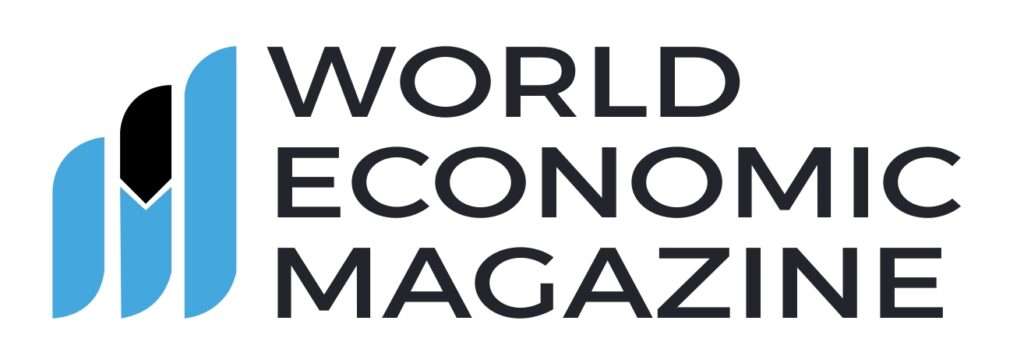
America’s New Millionaire: Not Jet-Setters, But “Everyday Millionaires” Driving Wealth Boom
The face of wealth in America is changing
According to a new report by global investment bank UBS, 379,000 new Americans joined the millionaire ranks in 2024 alone—more than 1,000 every day. This surge has pushed the U.S. millionaire population to nearly 24 million, surpassing the combined total of millionaire residents in China, the UK, Germany, Japan, and Canada.
But before you picture yachts, designer wardrobes, and coastal mansions, think again.
This new wave of wealth is largely made up of what UBS calls “everyday millionaires”—or EMILLIs: individuals with net assets between $1 million and $5 million, often due to long-term savings, rising property values, and stock market-linked retirement plans. They’re not moguls, but middle-to-upper-class professionals, often still working, budgeting, and paying off mortgages.
Who Are America’s New Millionaires?
“Not all USD millionaires are alike,” UBS cautions in its report. While popular culture often equates millionaire status with ultra-wealthy lifestyles, the reality is far more nuanced.
“The American Dream today looks a little different than it used to,” said Andy Smith, executive director at Edelman Financial Engines.
“It’s less about flashy success and more about setting goals, saving consistently, and making smart financial choices over time.”
UBS data supports this redefinition:
- The number of EMILLIs has quadrupled globally since 2000, now making up 52 million people.
- Collectively, they hold $107 trillion, nearly half of all global private wealth.
For these individuals, millionaire status isn’t about excess—it’s about asset appreciation, discipline, and decades of planning.
How Did So Many Become Millionaires?
The sharp increase in millionaires is tied to two main drivers: real estate values and the stock market.
1. Real Estate Appreciation
Home prices in the U.S. have risen more than 150% since 2000, and they’re expected to climb another 30–40% by 2030, according to government figures.
A family who bought a modest home in California or New York in the early 2000s may now find that their primary residence alone is worth over a million dollars—making them paper millionaires, even if their day-to-day life feels financially average.
2. Retirement and Market-Linked Assets
Harvard economist David Laibson explained the critical role of retirement portfolios:
“When the stock market rises, many U.S. households become millionaires due to gains in their 401(k)s and IRAs.”
But he also cautioned:
“This link pulls both ways. A downturn can quickly erase that millionaire status.”
Is This Really the American Dream?
The news of surging millionaires might seem like a testament to opportunity. But economists argue that inflation and wealth inequality may be distorting the narrative.
“Being a millionaire in 2025 is not what it used to be,” Laibson said.
“Today’s million dollars has the same buying power as $165,000 in 1975.”
Damon Jones, an economist who studies income and inequality, echoed this sentiment:
“We’re not seeing rags-to-riches transformations. Much of this rise stems from asset inflation, not upward mobility.”
In fact, the UBS report notes that America has also seen one of the steepest increases in wealth inequality over the last two decades. This means that while the number of millionaires is growing, so is the gap between them and those living paycheck to paycheck.
The Role of Currency and Global Economics
UBS points to exchange rates as another factor boosting America’s wealth profile on paper. Since wealth is measured in U.S. dollars, a strong dollar inflates America’s position globally—even if domestic growth is stagnant.
However, the U.S. Dollar Index has dropped nearly 10% since early 2025 due to rising national debt and shifting trade policies. This could put future millionaire growth at risk, especially if global confidence in the dollar begins to waver.
What It Means for Aspiring Millionaires
While critics view the rise in millionaires as misleading, financial experts argue it’s still possible—and meaningful—for average Americans to reach seven-figure net worths with discipline.
“Even with market volatility, people who stay the course, save early, and avoid panic sell-offs have seen their wealth grow,” said Andy Smith.
“Millionaire status isn’t unreachable—it’s just less glamorous and more gradual than people think.”
FAQs: Understanding the Millionaire Boom in America
Q: What qualifies someone as a millionaire today?
A: Technically, anyone whose net assets (including real estate, investments, savings, etc.) total $1 million or more qualifies as a millionaire.
Q: Why are so many people reaching millionaire status now?
A: The biggest contributors are rising home values, long-term retirement savings, and inflation driving up asset prices.
Q: Is millionaire status still meaningful?
A: It depends. While it still reflects significant financial achievement, $1 million today doesn’t offer the lifestyle or purchasing power it did decades ago.
Q: Are these new millionaires ultra-rich?
A: No. Most are “everyday millionaires” with assets between $1–5 million, often tied up in homes and retirement accounts.
Q: Can a market crash wipe out someone’s millionaire status?
A: Yes. Since many Americans’ wealth is market-dependent, major downturns can temporarily or permanently reduce their net worth below the millionaire threshold.
Final Thoughts
The rise of America’s “everyday millionaires” reflects a complex intersection of economic trends, personal finance discipline, and global market forces. While it may not signal a return to the classic American Dream, it does reveal a shift in how wealth is accumulated—and defined.
Whether you view it as a sign of economic strength or a mirage created by inflation, one thing is clear: in 2025, millionaire status is more common than ever—but less extraordinary than it sounds.






